The 5 Best Core Exercises to Build Strength to Improve Your Low Back Health
With all the core exercises out there what influenced my top 5 to improve low back health?
I chose core stability exercises to reinforce the ability to brace your core and prevent movement from happening at the spine. Our spine is meant to move but unintended movement is what usually creates problems in our low back health.
I have found these exercises have been the most beneficial for my clients who transition from therapy to full training.
Want to know more about core stability training? Check this other post: “What is Core Stability Training?”
1. Plank (Anti-Extension)
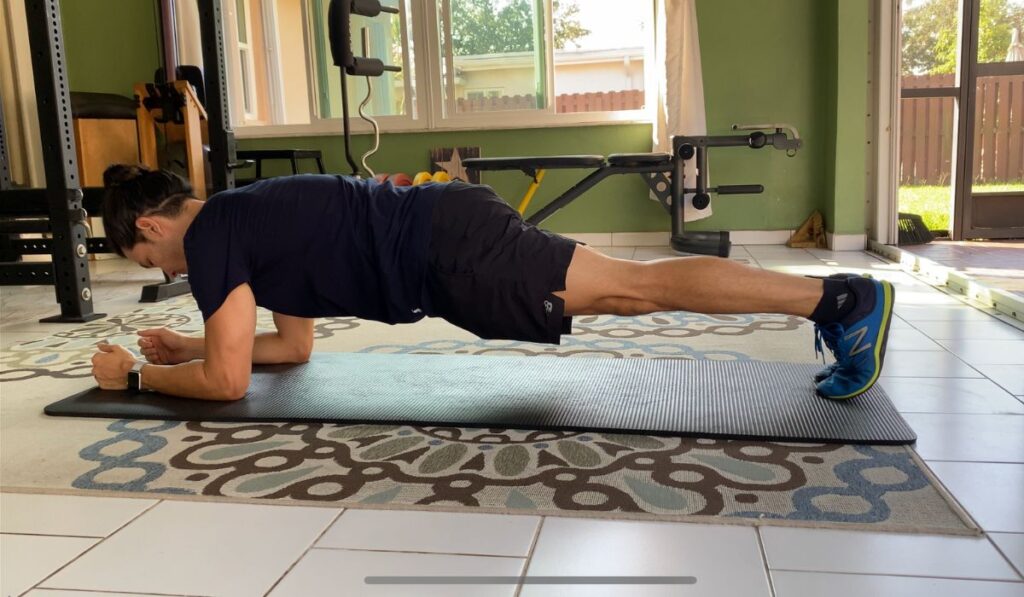
This is the move most people expected to see because it is known to build core strength to improve low back health.
1 minute is a great goal to build in a plank but where to go from there? I personally like to increase the challenge vs increase the time. Doing 3 rounds of planks for 5 min each is not something I desire to do because that’s 15 min of my workout.
Plank progression for low back health
You can do a high tension plank by bracing your body, tucking your hips under you, and squeezing your glutes. Then, without moving your arms, try pulling the ground down with your elbows to feel your core working from the onset.
If you have a partner, set up in a plank and have them nudge your shoulder and hips randomly. Tell them to give you a good push so you have to fight falling over. In order to maintain your balance you are going to create a lot more tension throughout your body to keep stable.
I like these progressions because there’s no wasted time hanging around waiting for your core endurance to start to wear and the challenge to begin.
2. Pallof Press (Anti-Rotation)
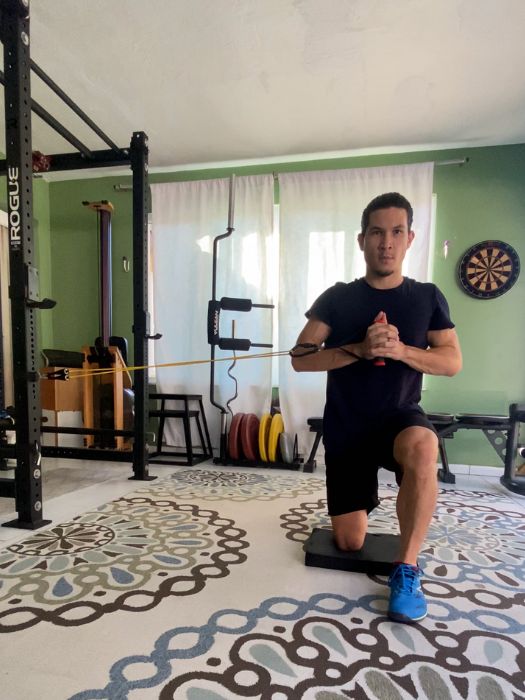
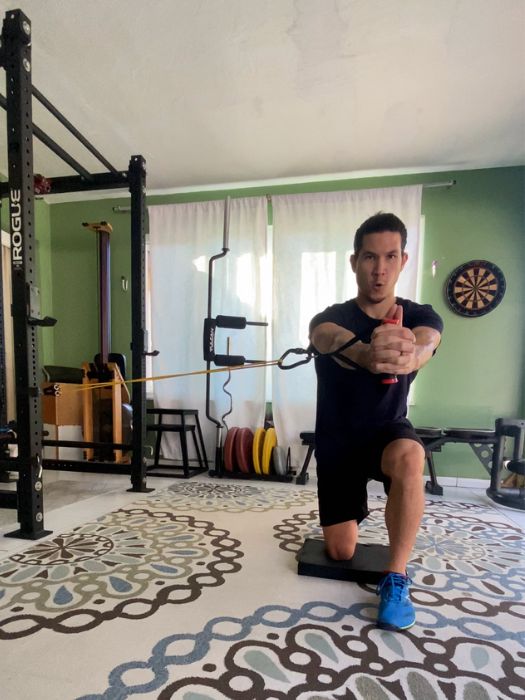
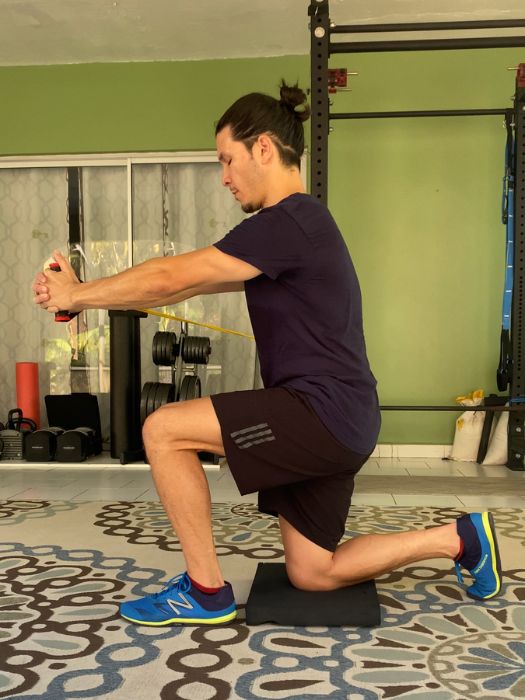
I love this drill but expect some other gym goers to be interested in what you are doing here. Not many people train anti-rotation besides athletes and veteran fitness fanatics.
- Set up on one knee, in a half kneeling position facing perpendicular to the band or cable attachment.
There are reasons to work with inside and outside knee down but for core training, keep the knee closest to the attachment down, outside foot will be forward.
(This is the harder position. Woohoo challenges)
- The cable attachment should be about the height of your lower ribs.
- Start with both hands holding the cable at the center of your chest.
- Now press your hands out and use your core to fight the rotational forces that want to turn you towards the cable. Hold for a full breath in and out then bring the hands back to the center of your chest.
- I recommend aiming for 8-10 reps on each side.
Then progress to holding your hands out for up to 30 seconds a side or increase your resistance.
- Make sure you are not leaning or turning your hips, these are common ways the body tries to make this move easier.
- Also make sure to do both sides in a set. 😉
3. Supine Bridge Isometric (Anti-Flexion)
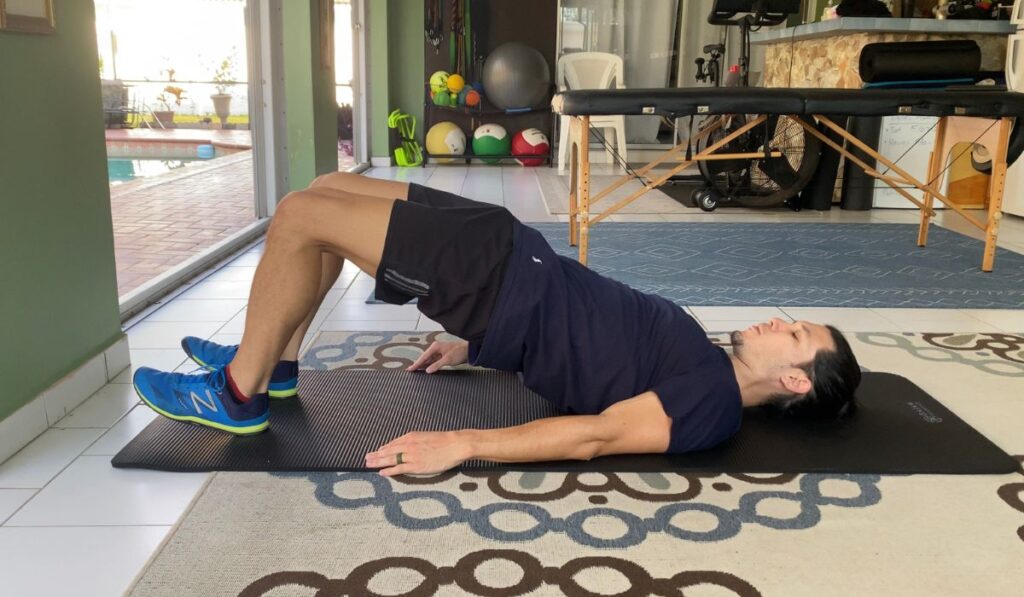
Did you know there are some theories that group your glutes and your lats into your core muscles?
These muscles do have other functions of movement but based on how they attach to the hips and spine also allows them to aid in stability. This stability is a major contributor in our low back health.
The supine bridge is a great test of core control because at the top position your hips are fighting gravity that wants to force your spine into flexion. If done correctly, the low back muscle should not feel active in this movement but instead the neighboring glute muscles should be doing almost all of the work.
- Start on the ground, on your back. Gently tuck your hips up, pressing your low back into the ground.
- Now press through the heels to bring the hips up. Squeezing your glutes to do so.
If you are able to do the exercise without any lower back involvement; Congrats you have pretty good mastery of hip extension.
- Keep your focus on squeezing your butt cheeks to keep tension out of your low back.
- Aim for a 30s isometric hold at the top position. If that is doable you can progress to add resistance.
Want a more challenging progression for low back health?
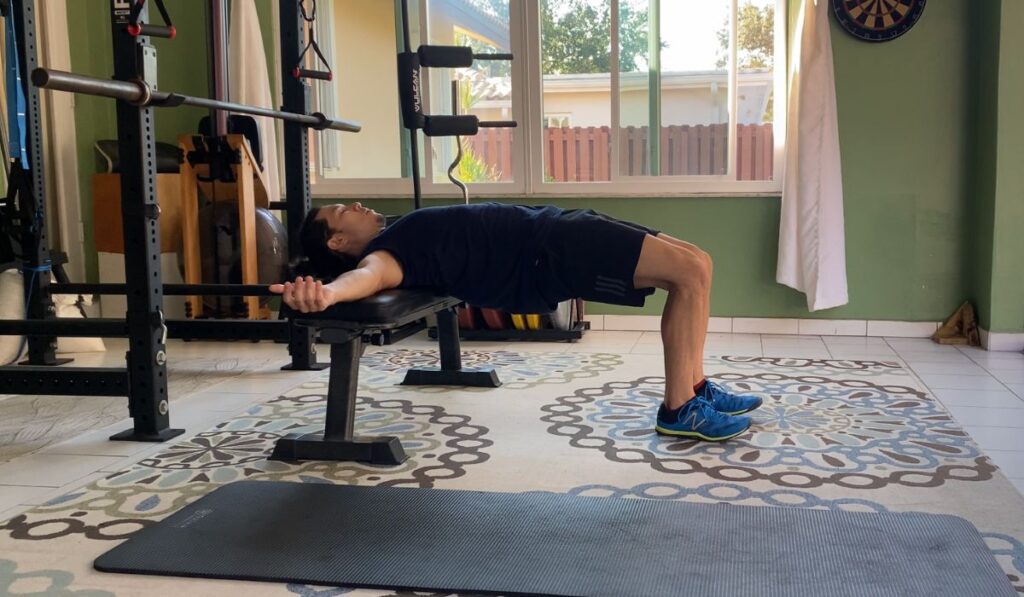
Elevate your shoulders on a bench and start the progression model over with 30s isometric hold with bodyweight then build up from there.
A more moderate progression would be to elevate your feet on a bench, this allows us to increase the range of motion of the movement but at the top position the hips don’t directly fight gravity the same way they do when the shoulders are elevated.
4. Side Planks (Anti-Lateral Flexion)
A side plank challenges our core to fight lateral flexion of the spine.
A full side plank, balancing on one foot and the same side elbow, can be very challenging to someone who has not trained this move before.
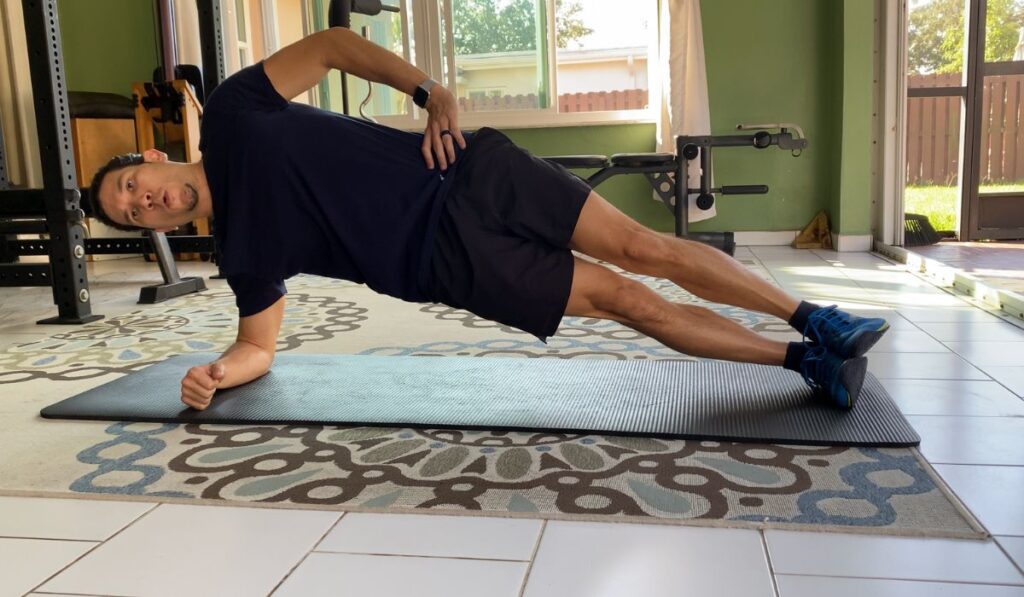
If you fall into that group and struggle with it or are new to exercising to improve your low back health. I recommend starting with a short lever side plank. This makes the side plank easier by shortening the distance between our two stability points.
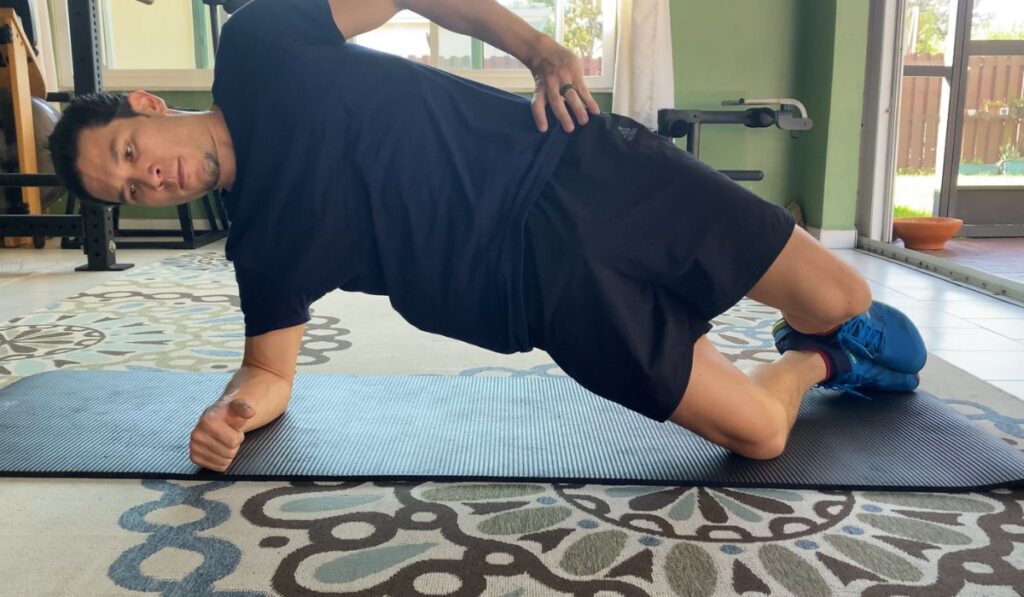
Start off on your side.
We will use the bottom leg’s knee to be our ground based support.
- Bring your hips off the ground up towards the ceiling. (Try not to rotate forward or back.)
- Make sure to push your hips forward and then see if you can lift the hips higher.
5. Dead Bug
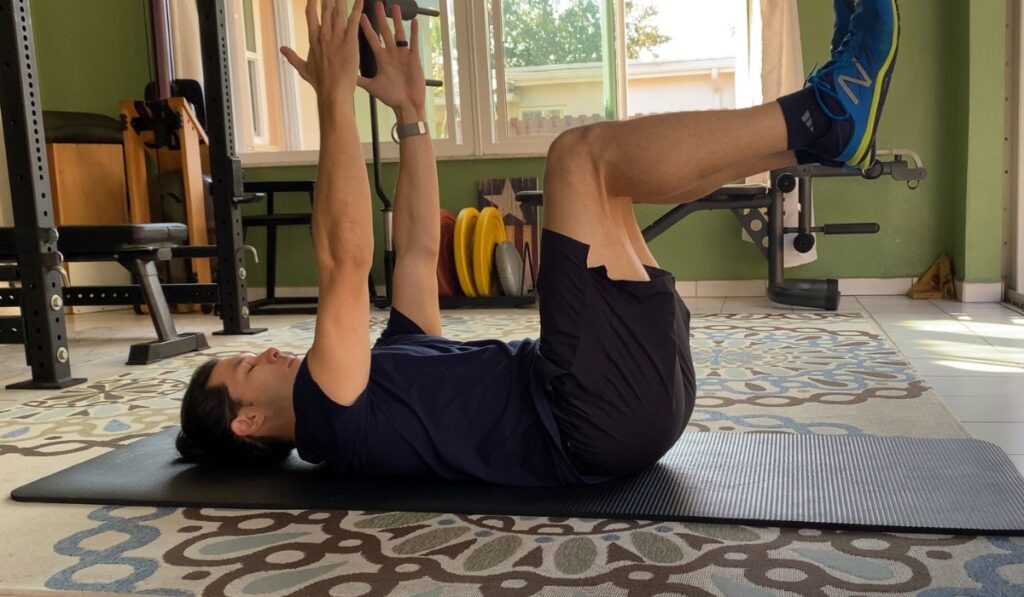
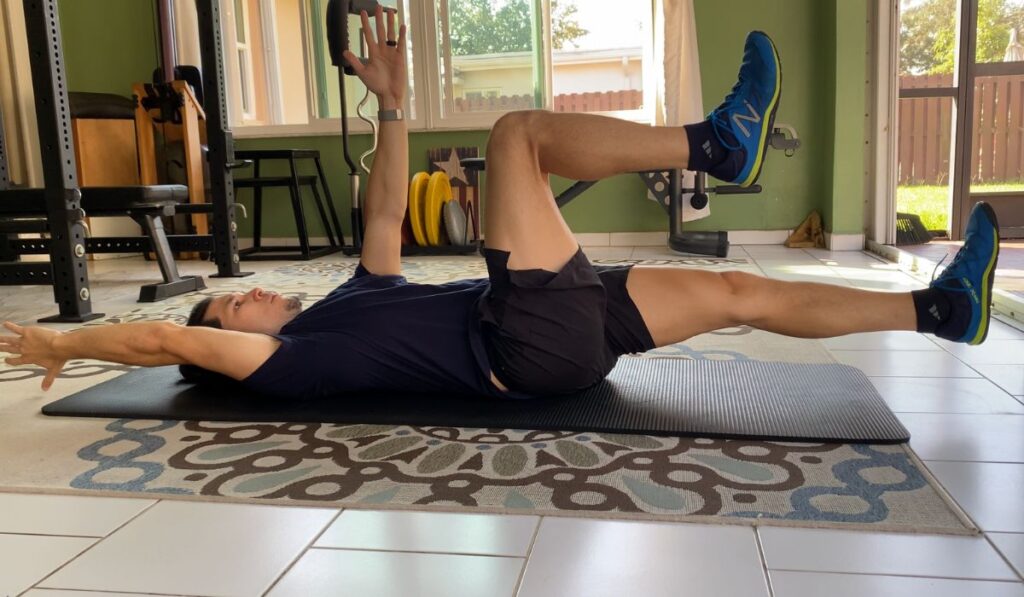
I came back to another anti-extension drill because I use this drill in most of my movement prep or warm ups.
A dead bug is an exercise where we keep our focus on engaging the core by crushing the low back towards the floor.
- Start on the ground, on your back. Bring your knees and feet up to make two 90 degree angles. Reach your hands up for the ceiling.
- Engage your core by pressing the low back towards the floor, slightly tucking the hips up.
- Reach one arm overhead towards the ground and extend the opposite leg towards the floor.
- Then return to the starting position.
- Next extend the other arm and leg and alternate for a set of 8 on each side.
The goal is to not let the low back lose contact with the ground.
If you find yourself arching your back and losing contact with the ground, limit your range of motion in the arms and legs. Go to the point where the low back almost loses contact with the ground then return to the start position.
The alternating arm and leg movement is a coordination brain teaser at first. But this move challenges your body’s ability to keep the core muscle firing as you change your arm and leg position.
Have a large arch in your low back and struggle to create contact with the ground?
Try using a folded hand towel or thin yoga matt to help fill in the gap. It may seem silly, but without low back contact to the ground, the dead bug becomes less efficient.
Feeling good about your low back health and want a more progressive challenge?
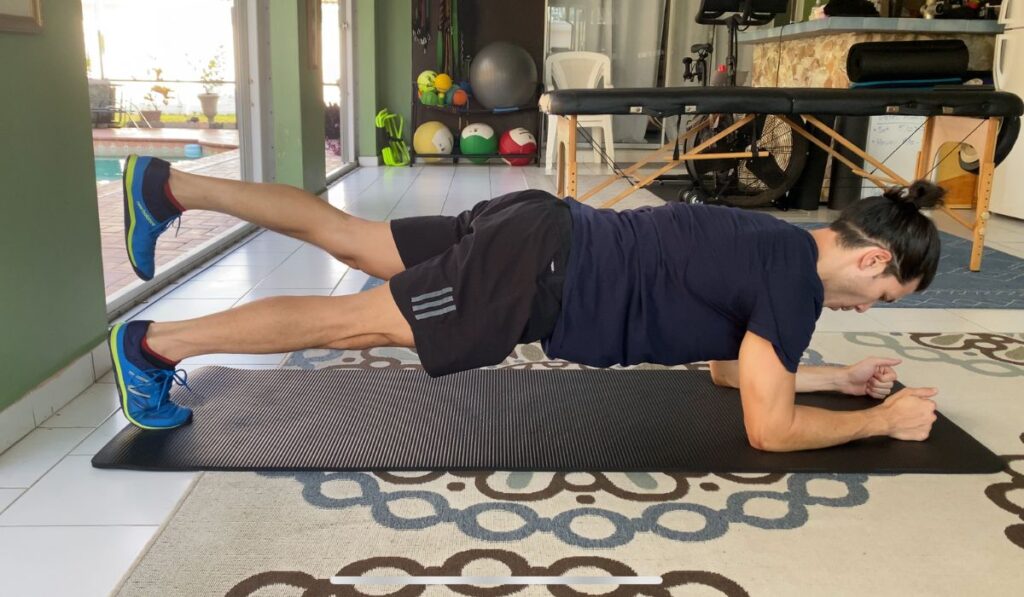
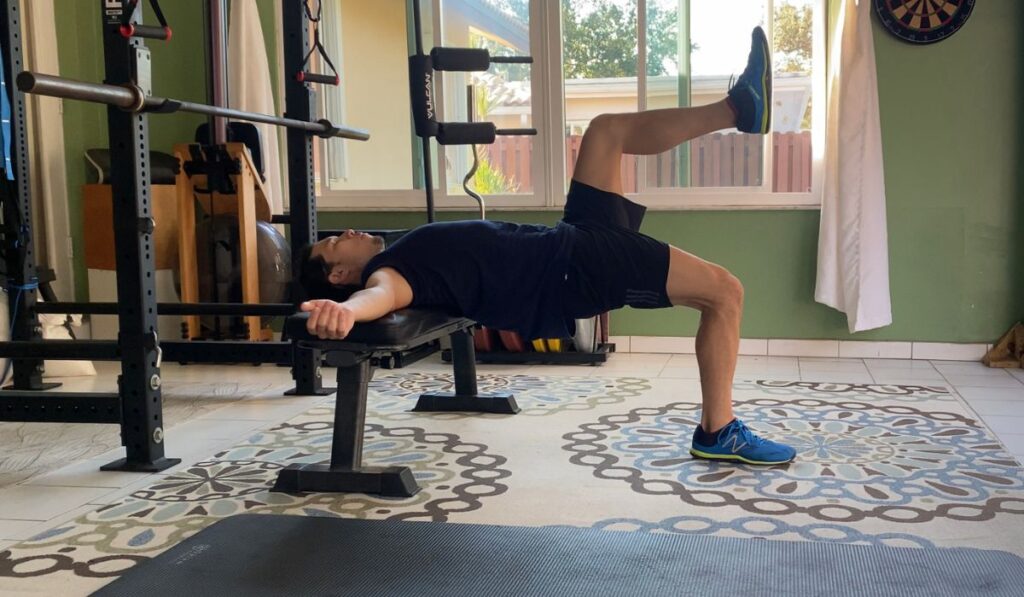
How can you make your planks and bridges challenge you in more than just one plane of motion?
Do the move in a single leg position.
In your plank you can pick a foot up. Try to lift that foot by squeezing the glute on the same side, this should help keep the low back from helping hold up the foot.
In the bridge, bring one foot towards the middle of where both feet were and hold up the other leg.
This single leg position now adds anti-rotation into the mix.
The goal now is to not let your hips tilt to either side.
Just be sure to do even sets with each leg up to keep things even in your core training.
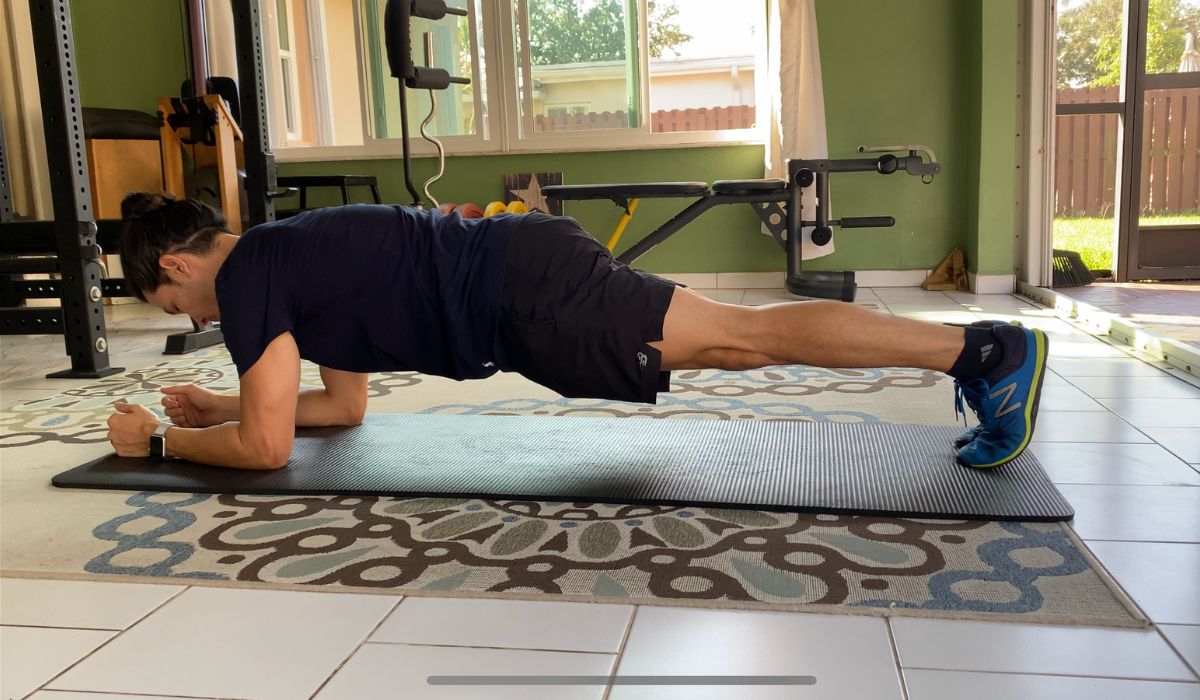
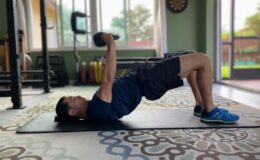
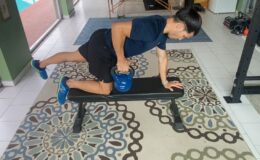
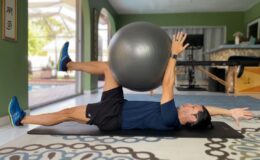
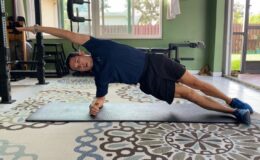
Leave a Comment